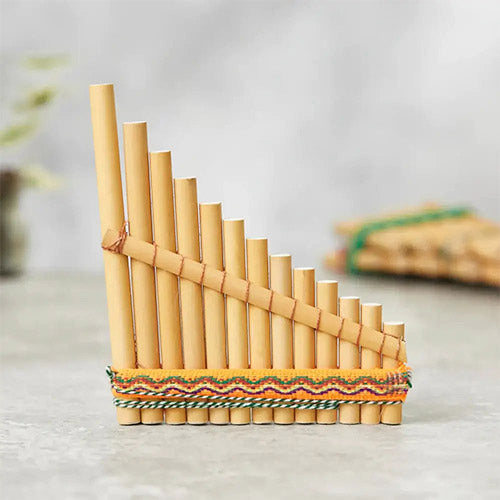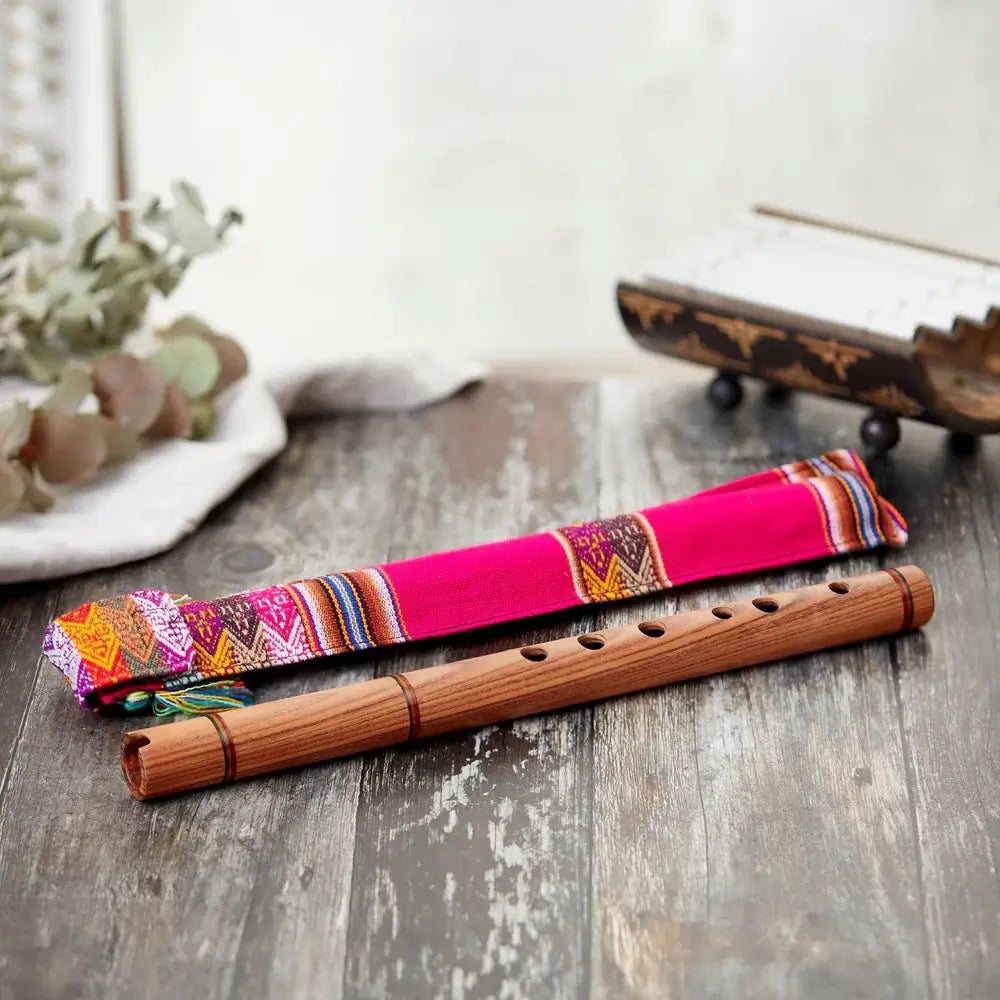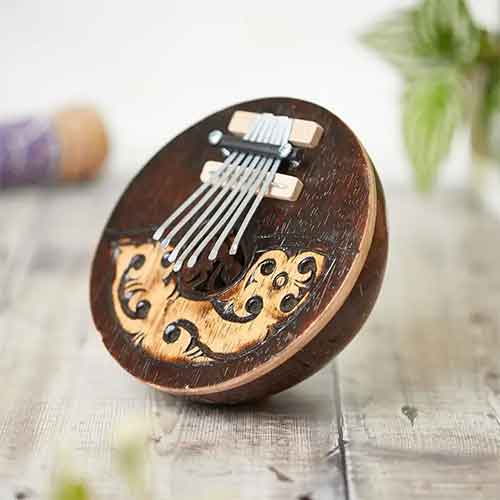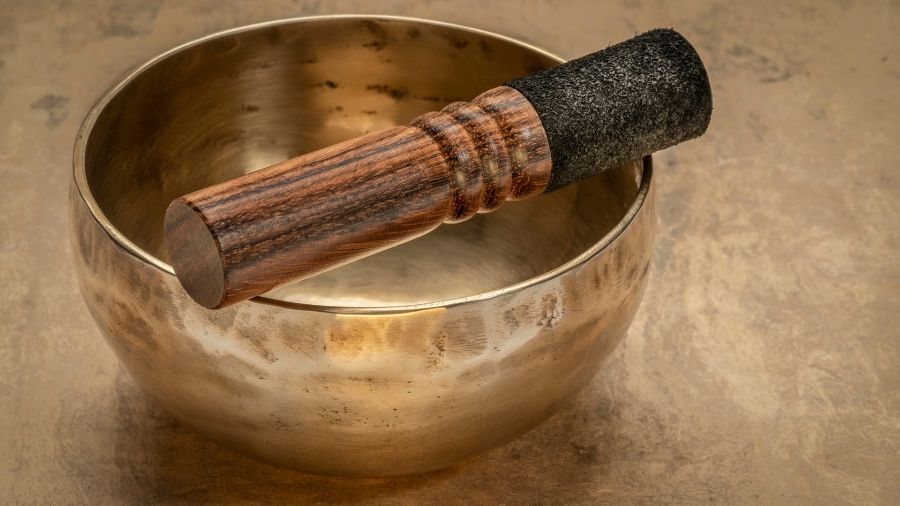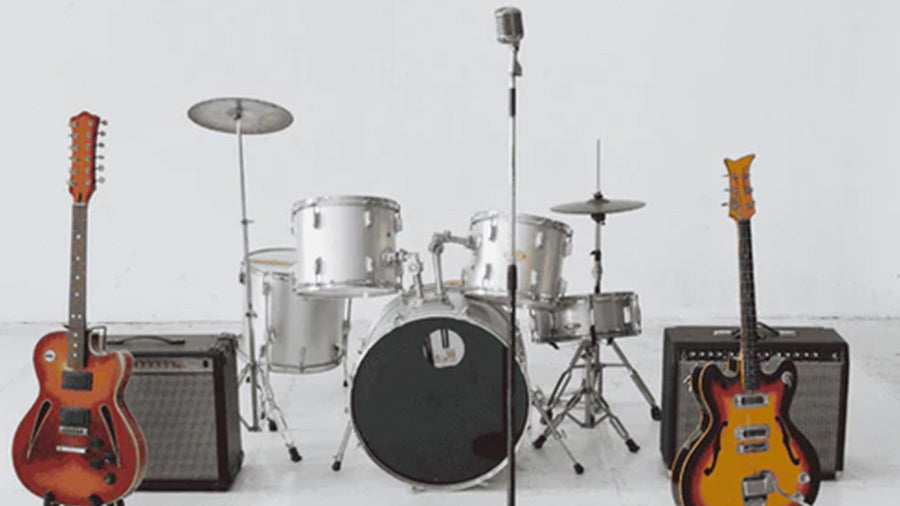The handpan and steel drum are unique instruments offering distinct sounds and playing experiences. The handpan, created in Switzerland in the early 2000s, was inspired by the steel drum and quickly gained global popularity. The steel drum, with roots in Trinidad and Tobago dating back to the 1930s, was made from repurposed oil barrels, creating its signature sound that defines Caribbean music. In this article, we'll explore their origins, construction, and key differences to help you choose the right instrument for your musical journey.
Construction and sound
A handpan consists of two half-dome steel shells joined together, creating a hollow chamber with a series of tuned notes on its surface. This design produces a soothing, ethereal sound ideal for relaxation and meditation. Conversely, the steel drum is made from a single steel barrel, carefully hammered to form concave indentations that produce bright, vibrant tones associated with lively Caribbean music.
Playing Techniques and Musical Styles
Handpan players strike the notes with their hands, allowing for expressive and fluid playing styles. Its soothing tones are often found in ambient, world, and even contemporary music genres. The steel drum, played with specialised mallets, lends itself to energetic rhythms typical of calypso, soca, and reggae but can also be adapted to various other genres, showcasing its versatility.
Where to buy a steel handpan?

When deciding between a handpan and a steel drum, consider your musical preferences and the sound you wish to create. The handpan is ideal for those seeking a contemplative sound. Both instruments offer unique musical experiences, so exploring each can help you find the best fit for your artistic vision.
You can shop for a steel Handpan here.
Handpan (Frequently Asked Questions)
What is the difference between a handpan and a steel drum?
The primary differences between a handpan and a steel drum lie in their history, construction, and sound. The handpan is a relatively new instrument that was developed in Switzerland, while the steel drum originated in Trinidad and Tobago. Handpans are constructed from two half-dome-shaped steel shells, while steel drums are made from a single, large drum or oil barrel. The handpan produces a soothing, ethereal sound, while the steel drum is known for its vibrant, rhythmic, and energetic tone.
Can I play both the handpan and the steel drum?
Absolutely! While the playing techniques for each instrument differ, it is possible to learn and play both the handpan and the steel drum. The skills and techniques required for one instrument can often be transferred and adapted to the other, allowing musicians to expand their musical repertoire and explore the unique qualities of both instruments.
Which instrument is easier to learn?
Generally, the handpan is considered easier to learn, especially for beginners. The handpan's design and playing techniques are relatively straightforward, focusing on striking the various notes on the playing surface. In contrast, the steel drum requires more specialized playing techniques, such as using mallets or sticks, and some musicians may have a steeper learning curve.
Can I use a handpan or steel drum in a band?
The handpan and steel drum can be successfully incorporated into various musical bands. The handpan's soothing and contemplative sound can add depth and texture to ambient, world music, and even jazz or folk groups. With its vibrant and rhythmic qualities, the steel drum is a natural fit for Caribbean-inspired genres like calypso and soca.


